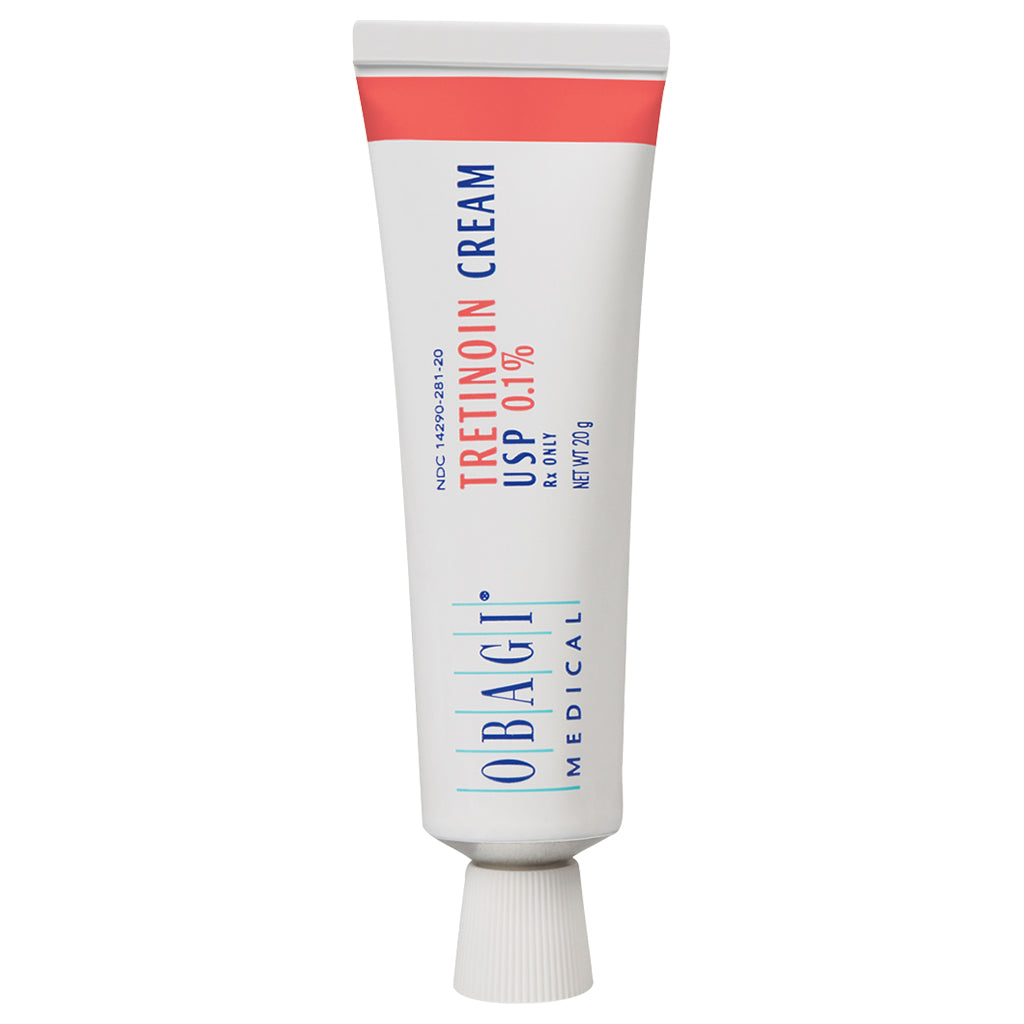Tretinoin, a vitamin A derivative, is taking the world by storm as an anti-ageing hero. However, this prescription-strength skincare powerhouse comes with its fair share of warnings.
It can be very effective if used consistently, but it’s best to work with your doctor over time to get the most out of the ingredient. The Online Clinic offers Tretinoin creams 0.05% and 0.1 and will consult with you to determine the best strength for your skin.
What is Tretinoin?
Tretinoin is a topical treatment that’s prescribed by a GP or dermatologist. It can help improve blemishes, minimise fine lines and limit discolouration caused by sun damage. It works by speeding up your skin’s natural cell turnover, so old cells die and new ones replace them. It can take a while to see results, but it’s one of the most effective treatments out there for improving the appearance of your skin.
It’s often confused with retinol, but it’s different in that it works on the cellular level to change your skin. It’s able to increase the growth of collagen and unclog pores. It can also help reduce wrinkles, age spots and uneven skin tone, as well as improving skin texture and elasticity. However, it’s important to protect your skin with sunscreen when using tretinoin (consult your doctor for a recommendation). The most common side effects are redness, flaking and dryness. These usually occur in the first few weeks of use.
How to Use Tretinoin
Tretinoin is a prescription-only product so it’s not available to buy over the counter. You need to talk to a doctor face-to-face or online who will assess whether it’s right for your skin, and then give you a prescription. Then it’s just a matter of following the instructions to get results that last. Tretinoin works by speeding up the replacement of skin cells, helping to ‘push’ blackheads and whiteheads out of the pores. It also helps to reduce fine lines and wrinkles, as well as fade scarring and hyperpigmentation.
It’s best to apply it on a clean face, before you moisturise. You should use a pea-sized amount to cover the whole face. It’s normal to experience some irritation and purging when you first start using it, but this should improve as your skin gets used to the treatment. It’s also not recommended to use it around your nose, as it can cause more purging and lead to more breakouts.
Tretinoin Side Effects
If you’re considering tretinoin, talk to your doctor or dermatologist about the benefits and risks. It’s important to understand that tretinoin can be extremely effective in treating acne and improving the appearance of your skin, but it can also cause side effects like red swollen peeling skin. To avoid this, make sure to use tretinoin only on cleansed, dry skin, avoiding the eyes, mouth and corners of your nose. You should also avoid using other topical medications, especially ones containing alcohol or menthol, on your face while you’re using tretinoin.
Studies have shown that consistent use of tretinoin leads to significant skin improvements, and the benefits continue to improve over time. However, you’ll likely experience some side effects in the first few weeks or months of treatment. These can include dry skin, itching and mild peeling – known as purging – which happens when the medication increases your skin’s cell turnover. You may also notice an increase in blackheads or whiteheads – but these are normal and will clear up.
Tretinoin Acne Treatment
Tretinoin is one of the most powerful and effective topical treatments in skincare. It works by unblocking pores and promoting healing and skin cell growth, but it also affects the way the body produces oil. It can also improve the appearance of fine lines, dark spots and rough skin.
It’s important to use tretinoin as prescribed by your doctor. They will design a personalised treatment plan for you, including how often and what strength to use. It can take several weeks before you start to see results, so it’s important to stick with the programme.
It can cause side effects like dry skin, itching and peeling, particularly in the first few weeks of use. However, these are normal and usually disappear as your skin gets used to the ingredient. It can also take a few months to see the full benefits of tretinoin cream. It’s essential to talk to your doctor if you experience any unusual or severe side effects. tretinoin cream uk



